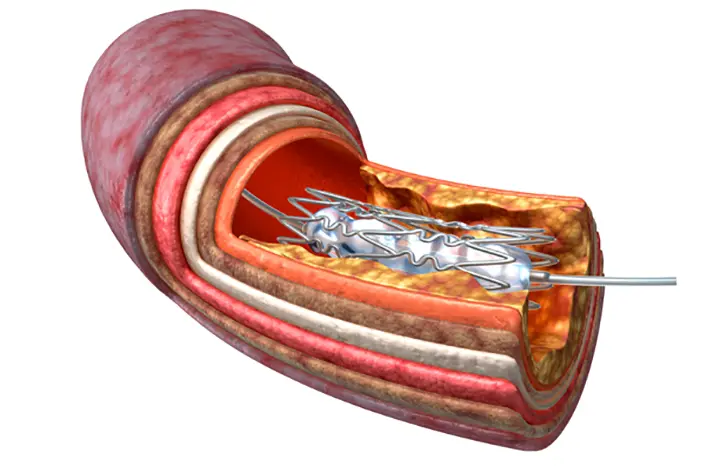Chemoembolization
A Targeted Approach to Cancer Treatment

What is Chemoembolization?
Chemoembolization is a minimally invasive procedure used to treat cancer, particularly liver cancer. This technique delivers high doses of chemotherapy directly to the tumor while simultaneously blocking its blood supply, enhancing the treatment’s effectiveness and minimizing systemic side effects. Chemoembolization is often used when surgery or other treatments are not feasible.
Key Features of Chemoembolization
- Targets tumors directly, sparing healthy tissues
- Combines localized chemotherapy delivery with embolization
- Most commonly used for liver cancers such as hepatocellular carcinoma
- Minimally invasive, performed under imaging guidance
When is Chemoembolization Needed?
Chemoembolization is indicated for:
- Liver Cancer: Both primary liver cancers and metastases
- Non-Surgical Candidates: Patients ineligible for surgery or liver transplantation
- Palliative Care: To shrink tumors and alleviate symptoms
- Bridge to Surgery: Used to manage tumor size before definitive surgery or transplant
How is Chemoembolization Performed?
The procedure is performed by an interventional radiologist:
- Access: A catheter is inserted into the femoral artery in the groin.
- Navigation: Using imaging guidance, the catheter is directed to the blood vessels feeding the tumor.
- Chemotherapy Delivery: Chemotherapy agents are delivered directly to the tumor.
- Embolization: Tiny particles are injected to block the blood supply, trapping the chemotherapy at the tumor site.
Benefits of Chemoembolization
Chemoembolization offers several advantages:
- Targets tumors precisely, reducing systemic chemotherapy side effects
- Reduces tumor size, improving symptoms and quality of life
- Minimally invasive with a shorter recovery time compared to surgery
- May prolong survival in patients with inoperable cancers
Risks and Potential Complications
While generally safe, potential risks include:
- Pain or discomfort in the treated area
- Nausea, fever, or fatigue as part of post-embolization syndrome
- Liver dysfunction or damage in rare cases
- Infection at the catheter insertion site
- Allergic reaction to contrast dye used during imaging
Recovery and Long-Term Management
Recovery after chemoembolization typically involves:
- Hospital observation for 1-2 days to monitor for complications
- Managing symptoms such as pain or nausea with prescribed medications
- Follow-up imaging to evaluate tumor response
- Regular monitoring of liver function and overall health
Most patients experience significant symptom relief and can resume normal activities within a week. Additional treatments may be required depending on the tumor response.